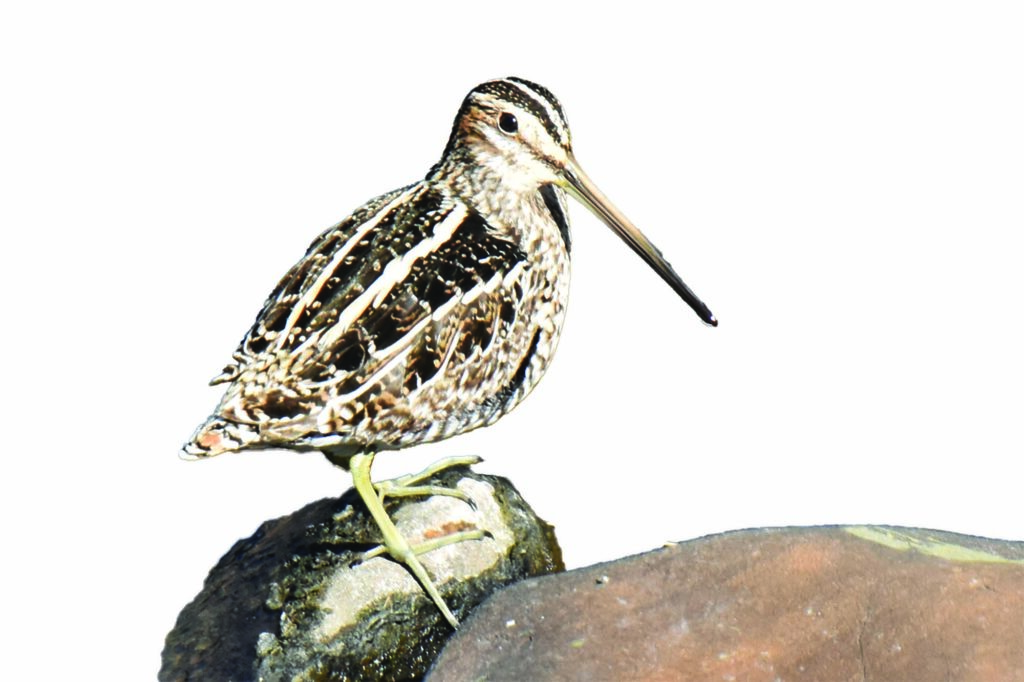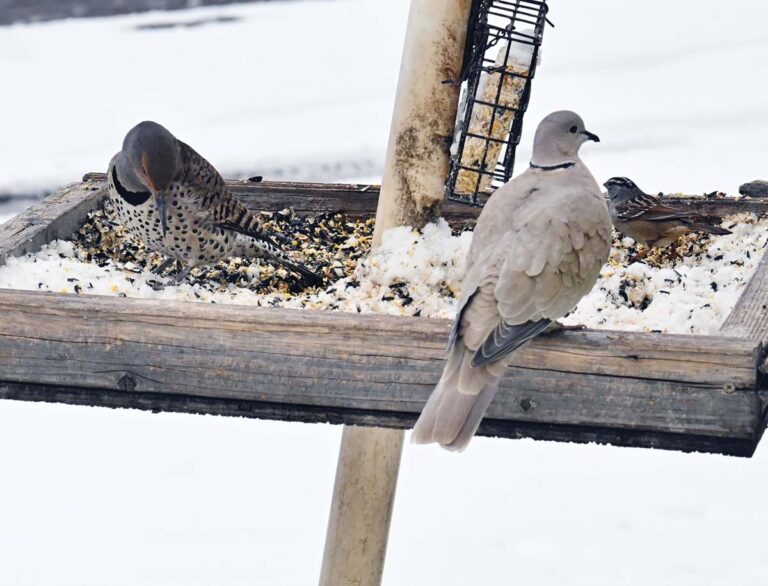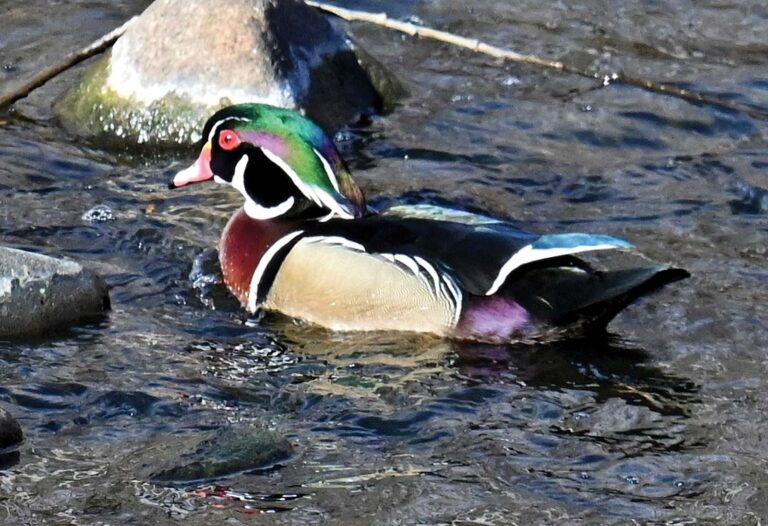Happy May my nature loving friends. Ken Hall, aka the bird nerd here.
This month I’m going to introduce you to a fairly common, rarely seen little bird; a Snipe. Technical name, Wilson’s Snipe. But since I have no idea who Wilson is, and knowing this little one has been around longer than Wilson, I will just call it a Snipe.
Those of us from the baby boom generation likely were professional Snipe hunters at a young age. My first experience Snipe hunting was a late night total darkness hunt at Mt. Olivet Cemetery. I believe little brother Tom accompanied me. Guided by my older brother Rich and his buddy John T., it was quite a deal. They supplied us with a box, and a pounding stick. They taught us the proper call “heeeeeere snipe, heeeeere snipe, while pounding the box. As a courtesy, Rich and John T. left us in the darkness to check back later. Now when you’re 7 and 8 years old, sitting in a cemetery in total darkness can be a bit unnerving. But we knew Rich was nearby. We could hear he and John T. laughing about something. Didn’t catch any Snipes that night. But pretty sure we were close. Fast forward 4 years. Hanging out with little brother Tom, cousin Alan, and much younger cousin Brad. Being a bit bored not having internet invented yet, we thought we would go Snipe hunting. Brad being youngest it was only fair to give him first chance. We took him out in the middle of a large pasture. Set him up with a box and pounding stick. Taught him the proper calling technique. And left him to the hunt. Brad, having not reached puberty yet could really belt out the calls. He swears to this day one swooped in on him, but he was unable to catch it.
Sorry, long introduction about a very real, and fascinating little bird. I actually had never seen one until 5 years ago, and I’m not young. They were there, I just didn’t see them. A beautifully marked little bird; brown and gray that appear hand painted in feather detail. Outstanding camouflage. If sitting still, they will blend into their surroundings and literally disappear. They are about the size of a magpie. Best recognized for their exceptionally long beak nearly half the length of their body. The tip of the beak is flexible, and has sensory receptors allowing them to capture small food particles while keeping the upper part of the beak closed. Then they suck the food, much like a straw up the tube.
With their short stout bodies, and extra long beak you would think them quite clumsy. Anything but. They can fly up to 60 miles per hour. The eyes are set back so far that they can actually see behind them.
Being year around residents in Colorado, you can see one at any time. But they are most active at dusk and dawn. They have quite a courtship ritual. Flying straight up, then diving creating a sound called winnowing, a haunting hu hu hu sound as air passes over the tail feathers. This sound can be heard great distances. A female Snipe will make several nesting scrapes before selecting a nest site. The female does the nest building. On the ground, and usually surrounded by water, with plant life hiding the nest from above. Although only the female tends the eggs and nestlings. The parents split up the young when they are ready to leave the nest. Typical clutch is four. The male will take the two oldest, And the female the other two. After leaving the nest they will have no further contact.
So grab those binoculars, shut off the phone, and take yourself Snipe hunting. Watch along the creek edges, and little islands of rocks. I post many of my photos on Facebook, Birds of Colorado, and Bird Friends of Colorado. Shoot me a message if you see one. See you on
the trail.






